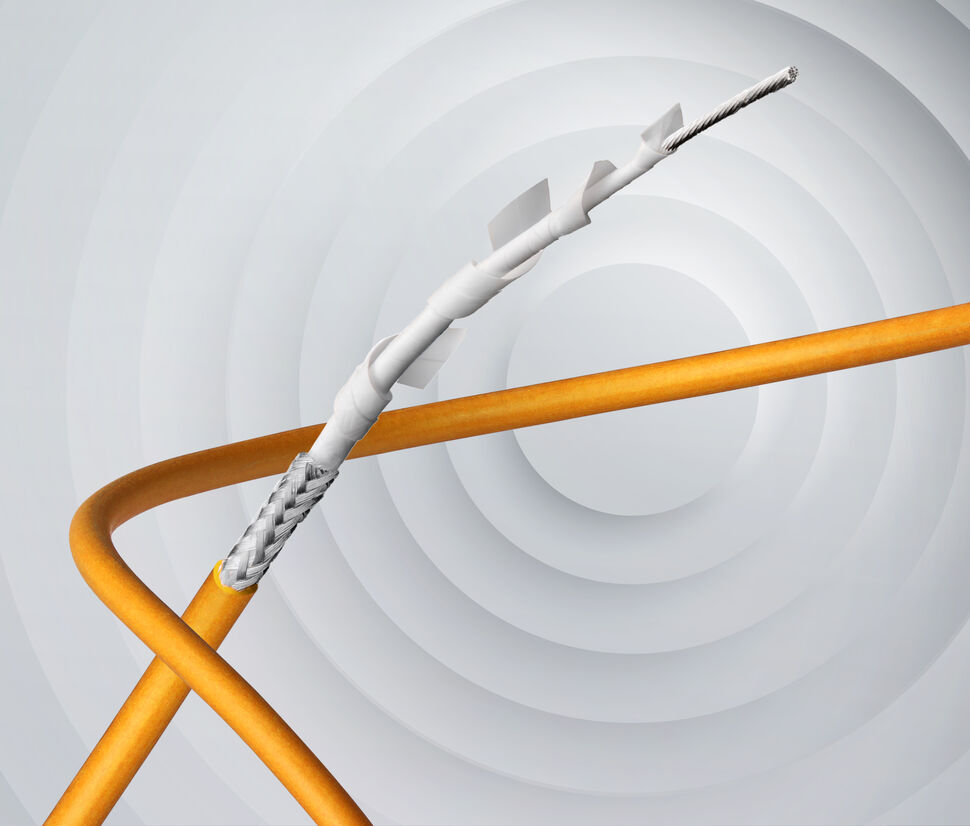Coaxial Cables
Advantages of Miniaturised Solutions:
- Smaller diameter with prescribed attenuation
- Weight saving
- Extremely fast transmission times up 85 % of the speed of light
- Longer service life thanks to slimmer and more flexible structures
- Broad product range with diameters from 0.3 to 20 mm
- Minimal signal propagation time differences
- Frequency range up to 20 GHz
Optimised electrical properties combined with smallest diameter
Advantages at a Glance:
- Excellent electromagnetic shielding, e.g. through the combination of shielding different shielding technologies
- Outstanding electric transmission characteristics, e.g. reflection attenuation through inline Fourier analysis during the extrusion process
- Extremely stable and consistent designed dielectrics
Diameter and Transmission Optimised Coaxial Cables
BizLink has the sophisticated extrusion equipment for precise physical foaming of polyethylene (PE), during which the dielectric is precision foamed with nitrogen gas. We are among the few cable manufacturers who can, by means of taping technology, produce dielectrics of expanded polytetrafluorethylene (ePTFE) with a dielectric constant of up to 1.3 and outstanding mechanical properties.
These coaxial cables can be made in versions miniaturised with a diameter down to 0.3 mm. All coaxial cables can be integrated in both round and ribbon cables. BizLink produces multi-coax round cables with up to 512 individual coaxes, which are used in industry as well as medical equipment.
Coaxial cables transmit electrical signals and are sometimes subject to extreme demands, e.g. in terms of suitability for high frequency or signal propagation times. The cables’ construction has a crucial influence on these transmission properties.
High quality, silver-plated copper or copper coated with steel wire is normally used for the inner conductor of tailor-made coaxial cables. High-strength copper alloys are used to combine high mechanical resistance with extremely long flexlife.
The dielectric, which is a key component of the coaxial cable, is made primarily from polyolefins and fluoroplastics. These materials boast minimal HF loss and outstanding processability. They also make it possible to achieve the smallest cable diameter.
